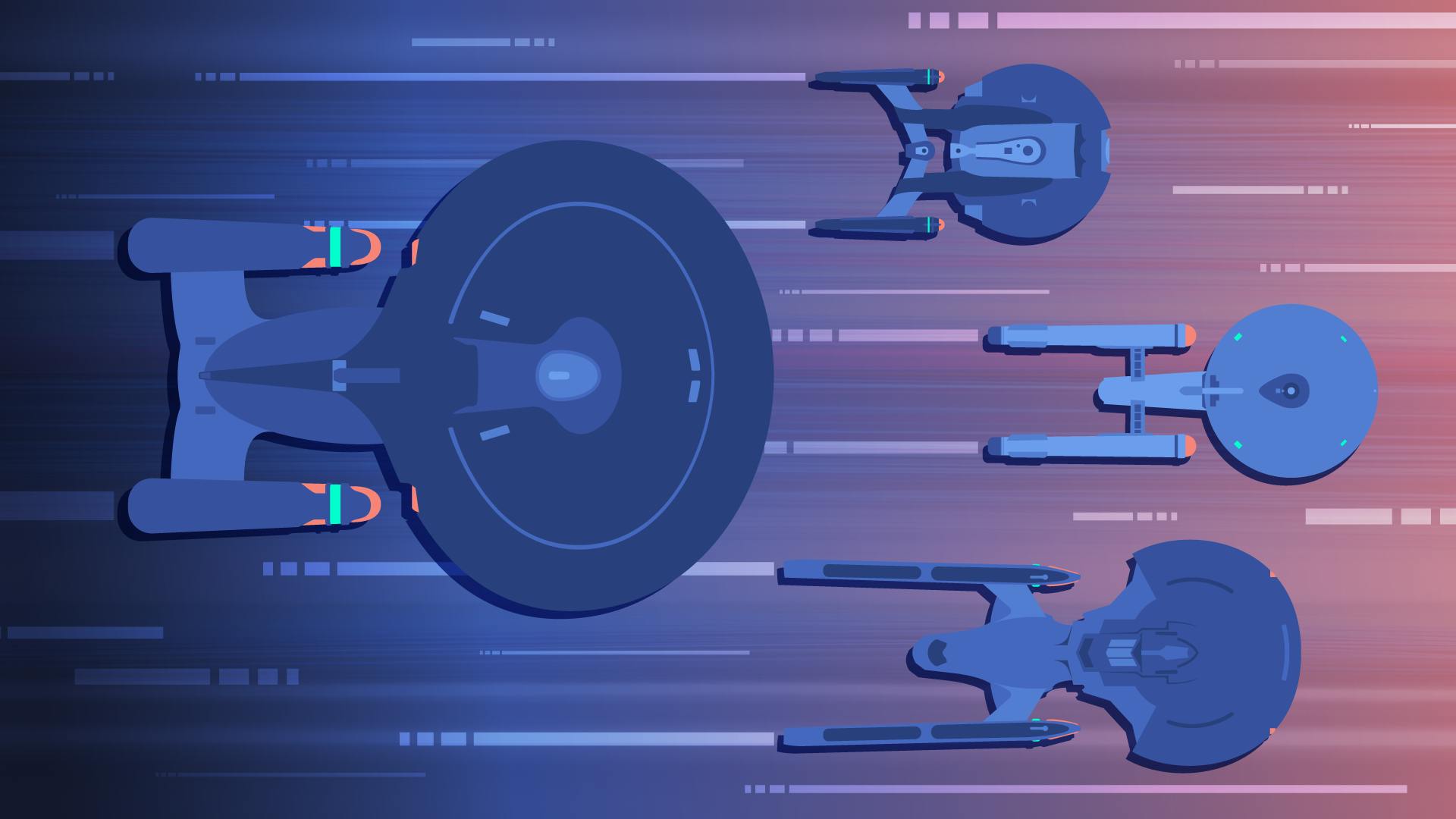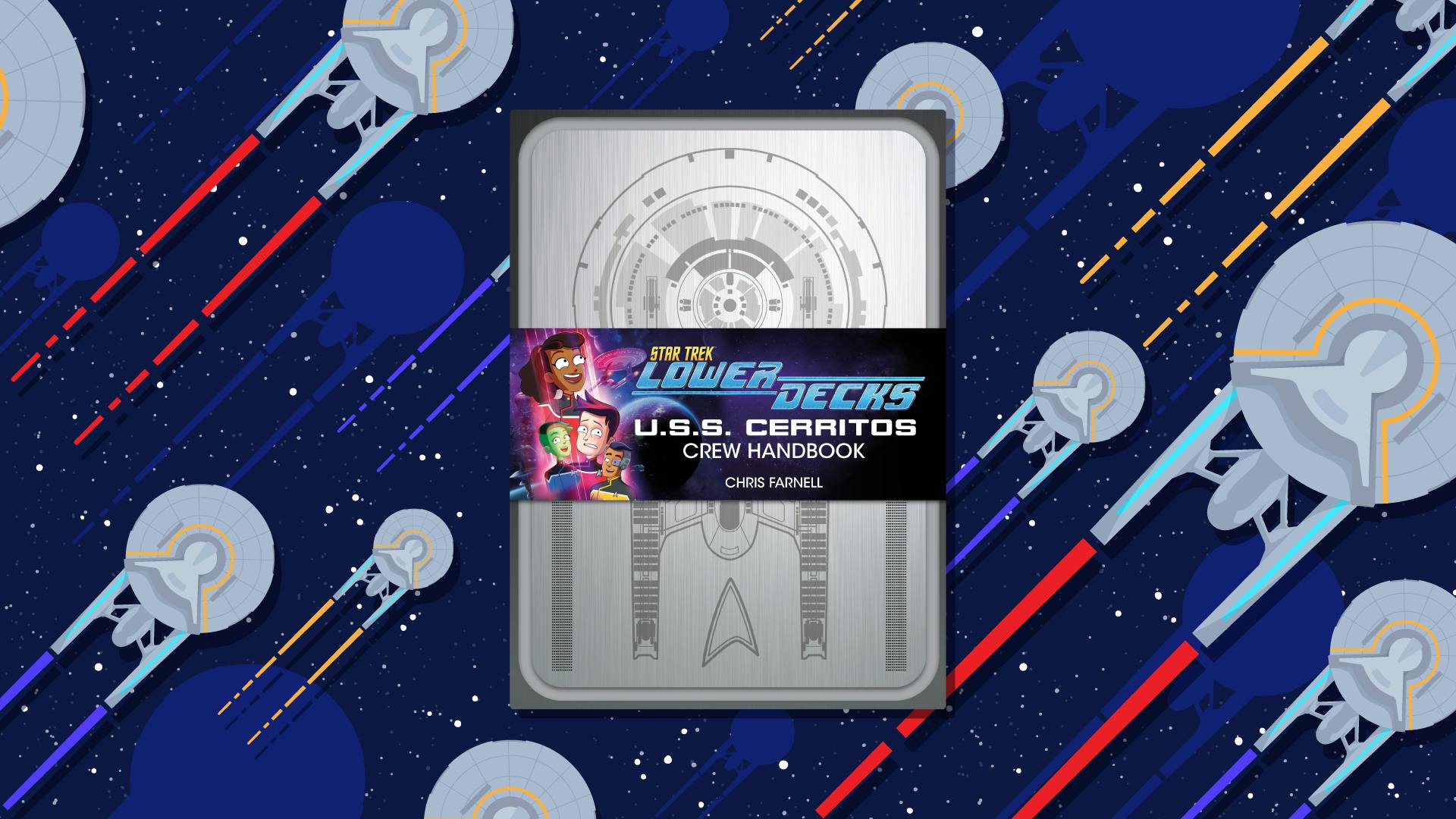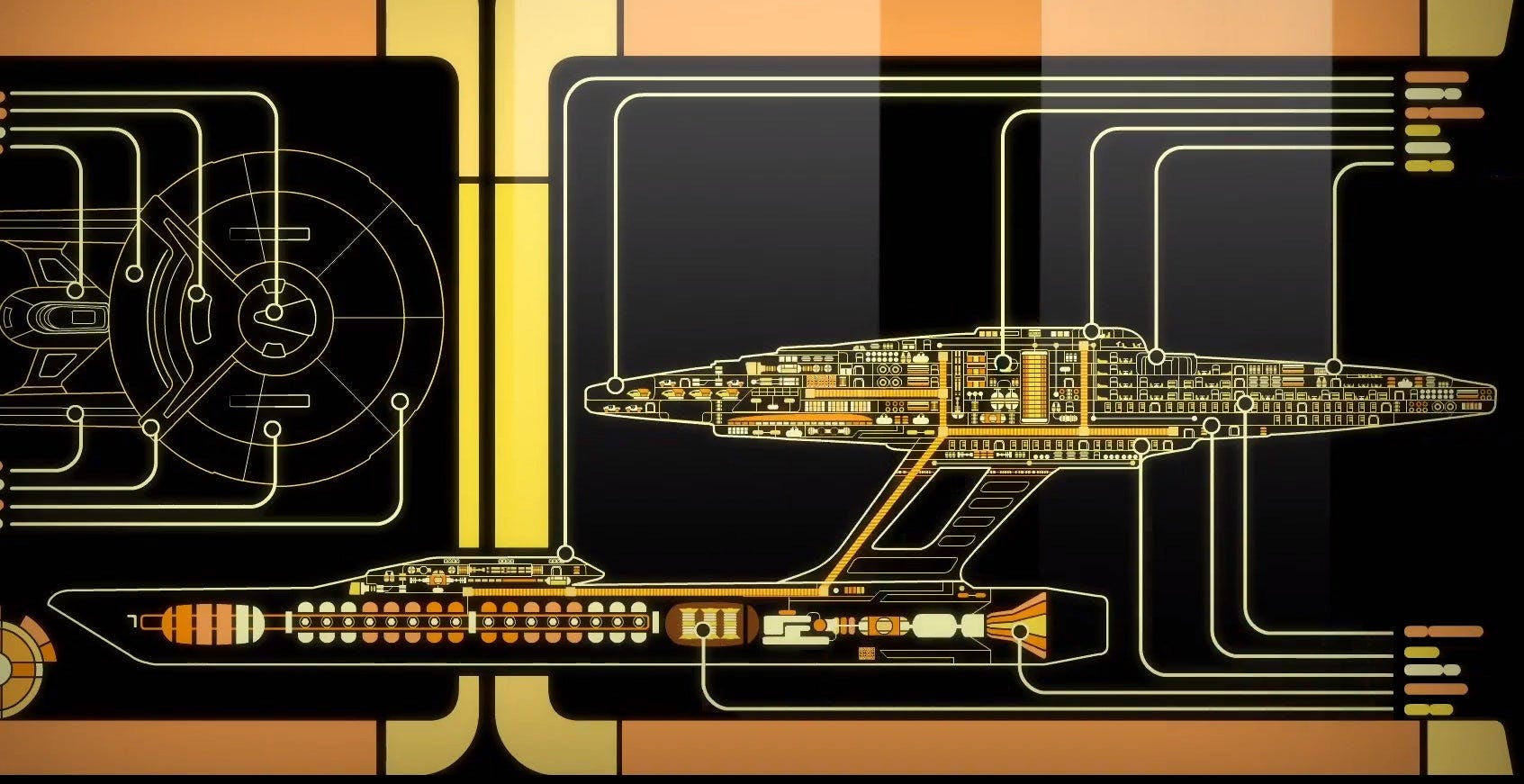Published Apr 27, 2023
The Unbroken Bond Between a Starship and Its Crew
A ship is more than just a vessel in Star Trek, it's a part of the family.
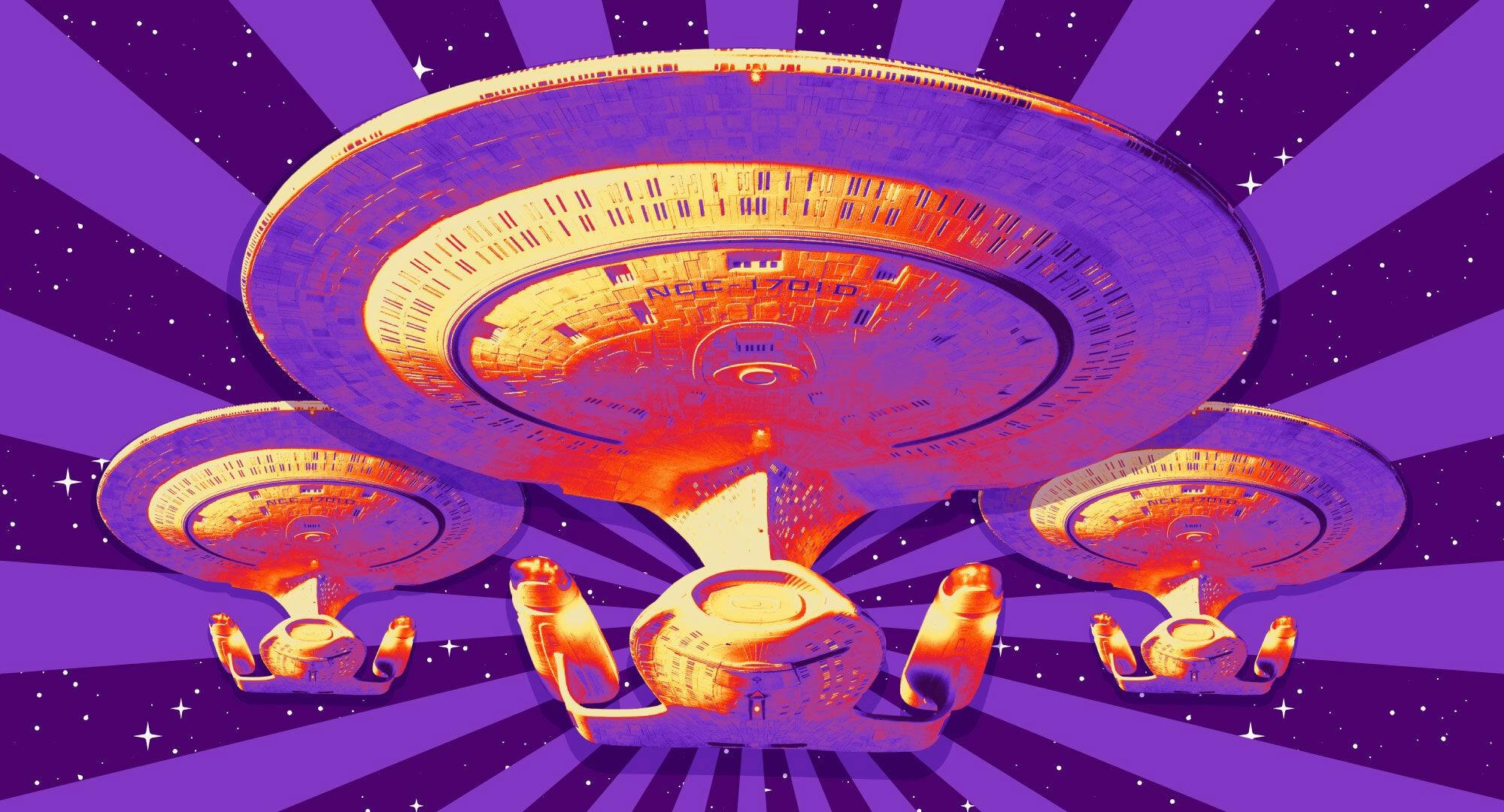
StarTrek.com / Rob DeHart
The crews, led by Captains Jonathan Archer, Philippa Georgiou, Gabriel Lorca, James T. Kirk, Jean-Luc Picard, Benjamin Sisko, and Kathyrn Janeway, included a variety of iconic characters, yet certain crew members could not be portrayed by actors — the starships themselves.
Each of the sentient crew members displayed attachment toward their vessels, took pride in the names emblazoned upon their hulls, and perceived the ships as valued friends rather than mere machines. Many Starfleet vessels were either mentioned in passing, specified by designation, or even seen on-screen. The names, classes, and histories of those starships carry the same weight as the cultures and personalities of any individual who appeared in Star Trek. Let's examine the unique relationships between these crews and their transportation to the stars.
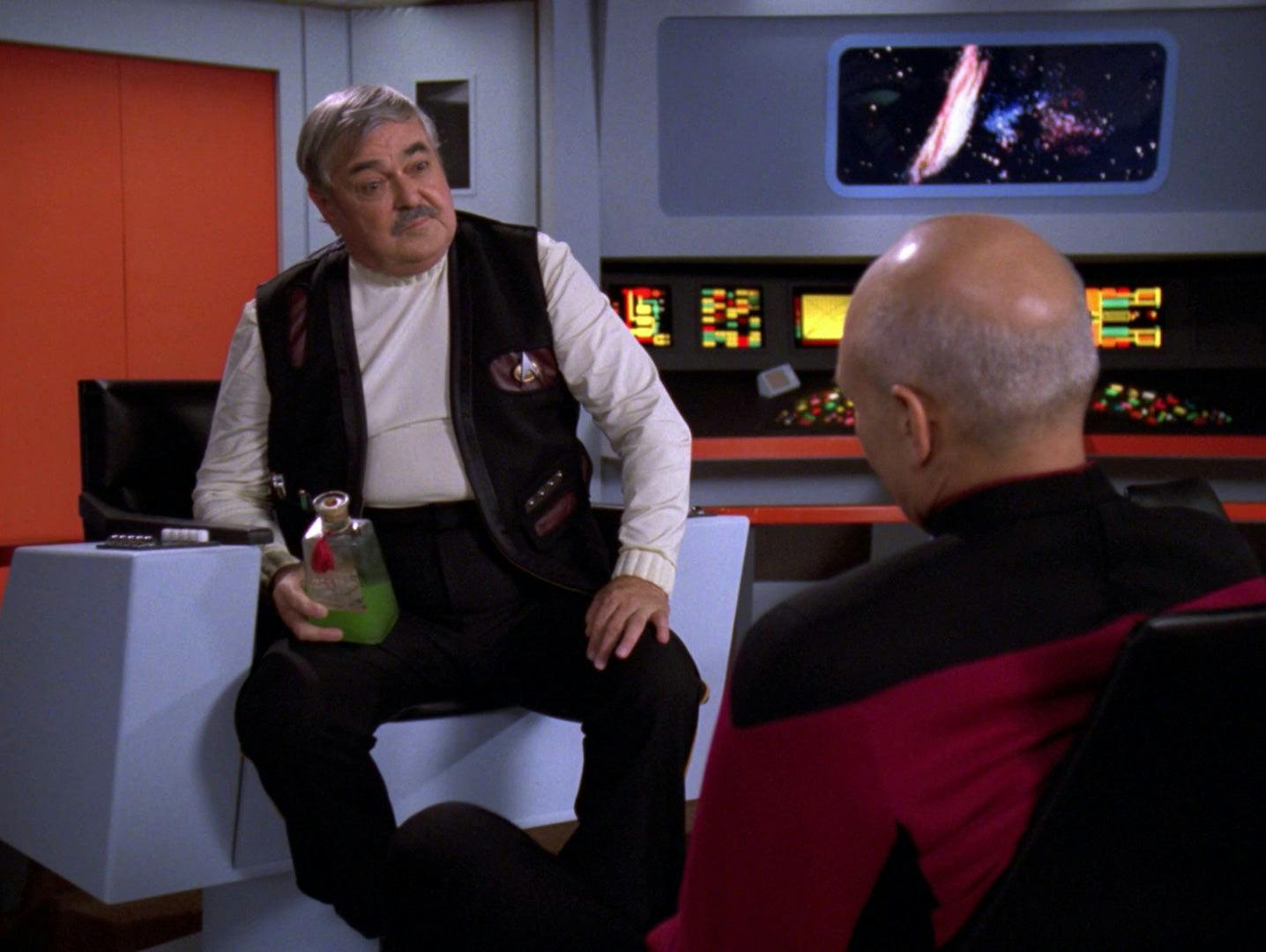
"Relics"
StarTrek.com
A crucial entry in the saga of a starship's importance is the episode "." After requesting to see the Bridge of the U.S.S. Enterprise on a holodeck, Captain Montgomery "Scotty" Scott specified which vessel he meant by stating, "N-C-C 1-7-0-1. No bloody A, B, C, or D." Although Scotty also served on the U.S.S. Enterprise-A and a plethora of other ships, he admitted to Captain Picard that he only missed the original NCC-1701. Picard countered this claim with the notion that, while the Enterprise-D performed superbly, he often longed for his days of commanding the U.S.S. Stargazer. The statements from these officers exhibited their fondness for their vessels, as well as the idea that certain commands seemed more personal than others.
After arriving on Deep Space 9 for the first time, Lt. Commander Worf experienced distress over the loss of the Enterprise-D and the feeling of home it had provided. Worf soon showed the same level of concern for the U.S.S. Defiant during the Battle of Sector 001 in . Upon entering the Bridge of the Enterprise-E, Worf queried about the Defiant's status and then took umbrage at Commander Riker's remark that, while tough, the Defiant appeared to be a "little ship." Lieutenant Barclay also felt he lost his family after the destruction of the Enterprise-D. In typical Barclay fashion, this resulted in an addiction to a holographic version of the U.S.S. Voyager.
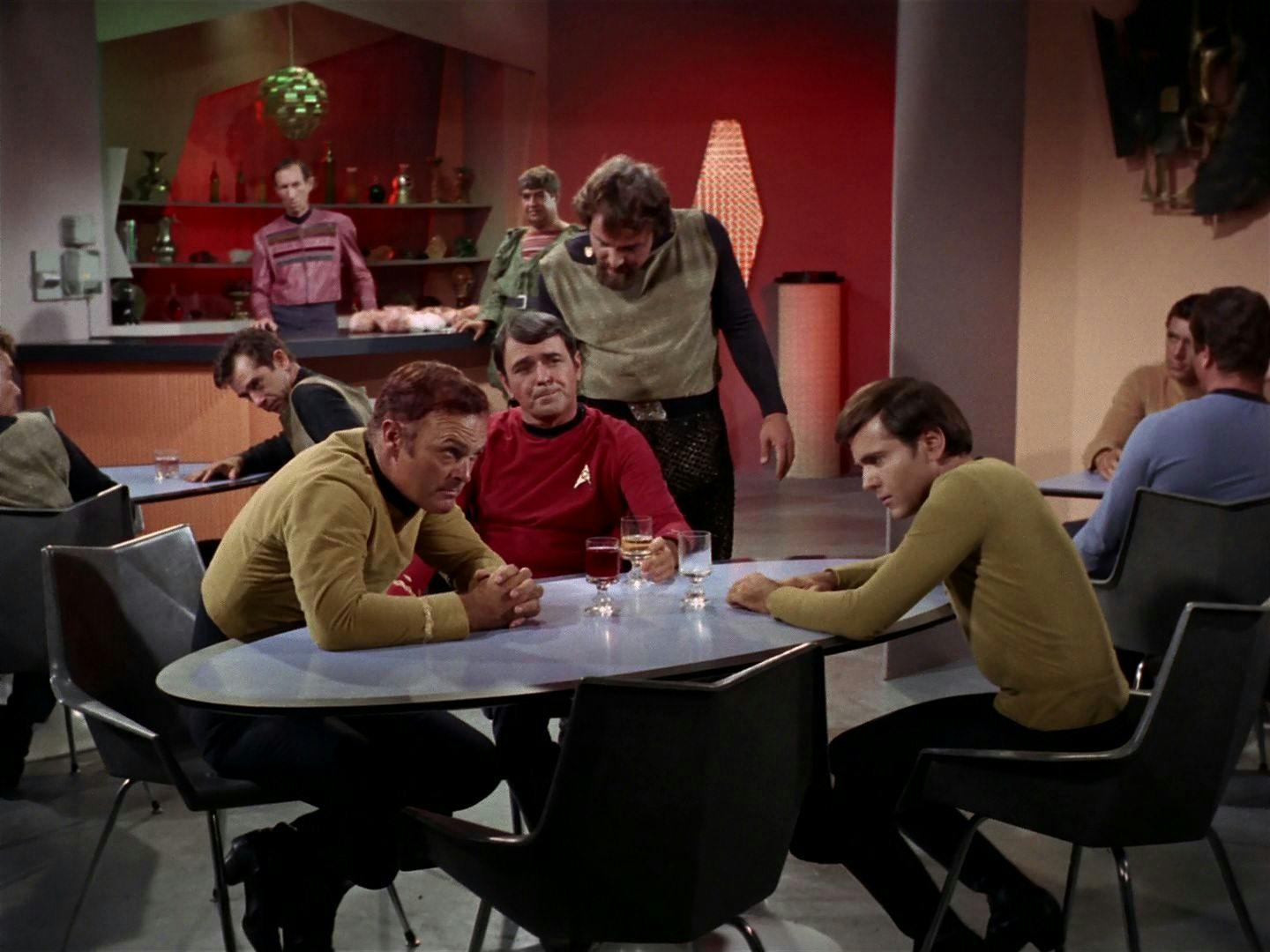
"The Trouble with Tribbles"
StarTrek.com
Barclay's need to find a new ship to call home seemed reminiscent of a person who had lost a significant other and attempted to ease their suffering with a new romance. This personification of vessels occurred often, with one of the most memorable scenes taking place during the episode "." When the Klingon Korax insulted humans and took verbal jabs at Captain Kirk, Scotty held back his anger. Once Korax turned his vitriol toward Scotty's beloved U.S.S. Enterprise, the engineer no longer ignored the commentary and initiated a brawl.
Another instance where a starship's worth rivaled that of a person occurred at the end of . When Sarek spoke to Kirk about resurrecting Spock, he stated that the mission had cost Kirk his ship and his son. The notion that the loss of a ship would be mentioned in the same breath as the loss of a child demonstrated how much Sarek believed Kirk had cared for the Enterprise.
The tragic moments leading up to Spock's death in also provided a point of reference for a vessel's personification. After Kirk arrived in Engineering, Spock infamously asked, "Ship... out of danger?" In that situation, Spock utilized the word ship to refer to the Enterprise itself and its crew. The fact that a single word encompassed the Vulcan's concern for both machine and man demonstrated the ironclad ties connecting the two facets of the Federation's fleet.
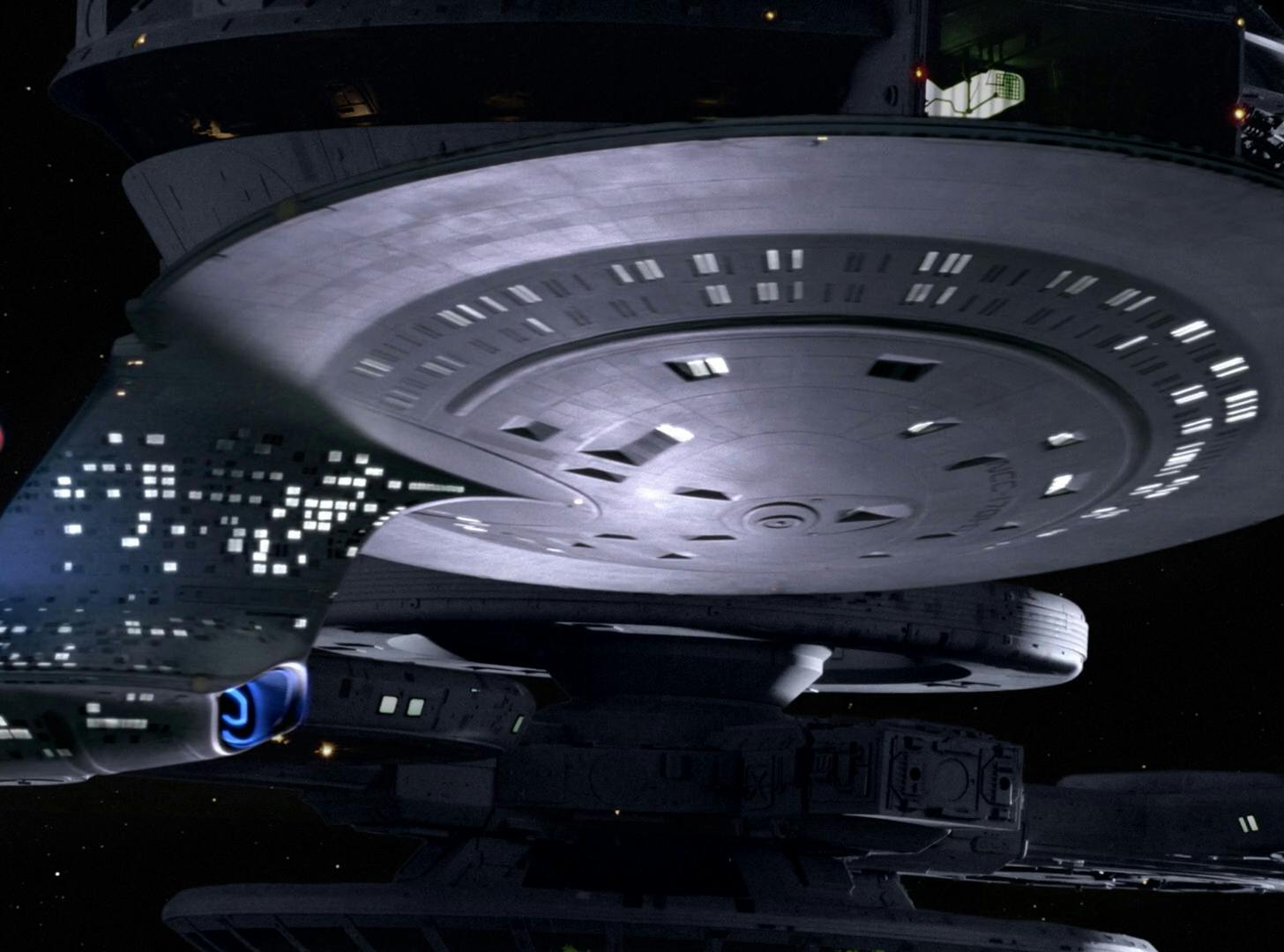
"The Measure of a Man"
StarTrek.com
A starship's name and lineage are as important as the vessel itself. Upon visiting the Enterprise-D in The Next Generation episode "," Admiral Nakamura remarked on the proud tradition established by previous vessels called Enterprise. Homages to history, in the form of starship models, adorned the Observation Lounges of the Enterprise-D and the Enterprise-E, and drawings performed similar duties in Captain Archer's Ready Room aboard the NX-01.
A name can also reflect the cultures and values that a starship's crew represents. Starfleet vessels tended to follow Earth’s traditional naming conventions, yet vessels such as the U.S.S. T'Kumbra, U.S.S. Shran, and U.S.S. Sarek reflected Vulcan and Andorian inclusion. Furthermore, names such as Odyssey, Venture, and Discovery provide general terms that allude to Starfleet's mission of exploration.
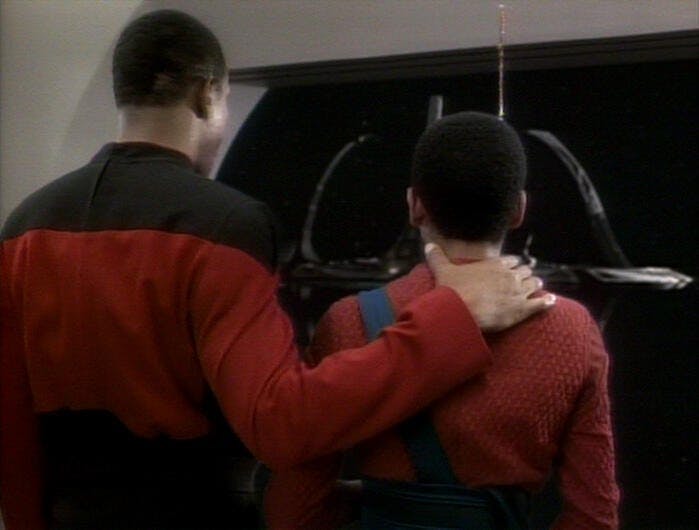
"Emissary"
StarTrek.com
The more information known about a starship, the more intricate the character of the vessel becomes. A designation gives the ship an identity, while the class speaks to its role. Quite a few unnamed vessels have been seen, particularly during the Dominion War. The transport which brought Benjamin and Jake Sisko to Deep Space 9 in "" serves as an interesting example. The ship never received a name, and only glimpses of its interior provided hints to its class.
We can theorize that with its expansive holodeck and large hallways, the transport could be a sizable Nebula-class explorer. As for a moniker, we can dig into the archives of history and call her the U.S.S. McKnight after Captain James McKnight, a hero of the American Civil War. In this hypothetical situation, the designation McKnight provides an attachment to previous vessels with the name and the exploits of its namesake. The Nebula-class confinement gives insight into the ship's mission profile. All of these details combine to enrich the character of the ship that performed the crucial task of introducing Ben Sisko to Deep Space 9.
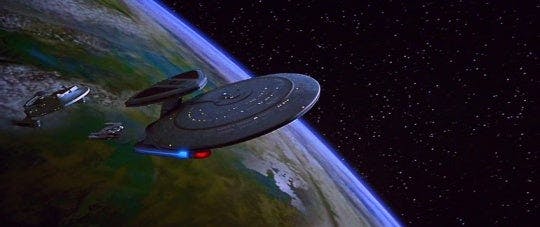
Star Trek Generations
StarTrek.com
Two touching scenes perfectly summarize the relationships between starships and their crews. Following the destruction of the Enterprise-D in , Commander Riker lamented that he lost the opportunity to eventually captain the Enterprise. Despite suffering this tremendous loss, Picard quickly quipped, "Somehow I doubt that this will be the last ship to carry the name Enterprise." The interaction served up an odd mix of sadness for their lost vessel and hope that its legacy might live on.
Ironically, after receiving a new Enterprise prior to Star Trek: First Contact, Picard hesitated to defeat the Borg by initiating the ship's self-destruct sequence, partly due to his desire not to lose another vessel. When Picard succumbed to the inevitable, Dr. Crusher asked him if another Enterprise would be built, to which Picard replied, "Plenty of letters left in the alphabet."
While these sentimental emotions centered around the legendary line of the Enterprise, every crew in the fleet surely feels the same bond with their vessels, whether their names are Defiant, Voyager, Odyssey, Venture, Shenzhou, or Discovery.
Star Trek Ships of the Line — U.S.S. Enterprise
This article was originally published on December 19, 2019.
